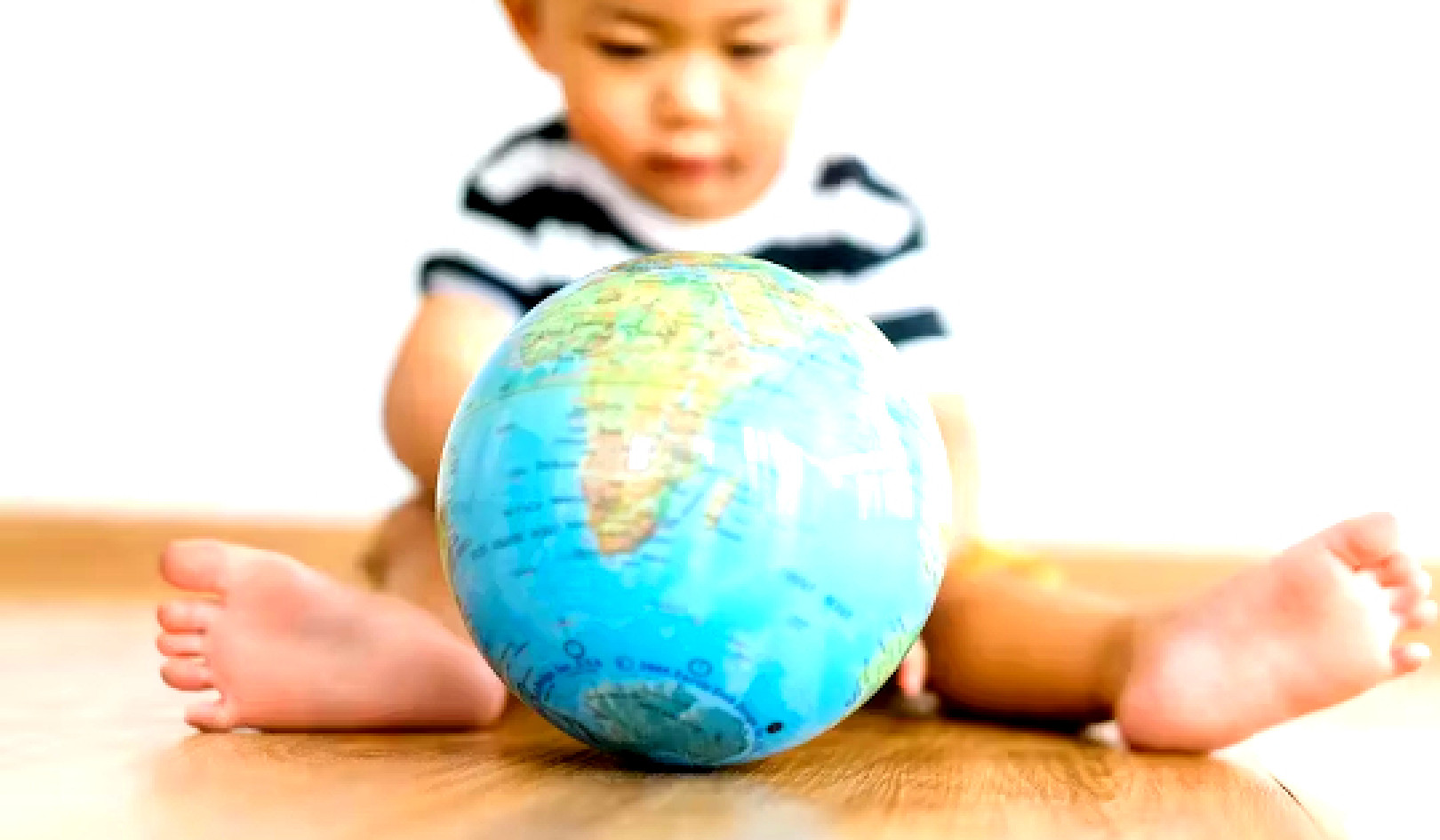
Pain during labour and childbirth is a complex combination of physical and psychological factors. Pain comes from the uterus, cervix, pelvic joints and ligaments and, during the actual birth, from the vagina and perineum (the skin between the vagina and anus) stretching to accommodate the baby’s emerging body. But fear and tension make the pain much worse.
Mother Nature has not left us without assistance. As labour progresses, endorphins (natural drugs) begin to rise, making the pain easier to cope with, and time less relevant. Endorphins can make women feel a little spaced out and detached from their surroundings, making them disappear within themselves to a quiet space where they often find amazing strength.
Pain of labour is a central part of women’s experience of childbirth and the attitudes of midwives, doctors and support people can have a profound effect on the choices women make, their satisfaction with the birth and their memories of the process.
Pain As Punishment
The Judea Christian concept of the pain of labour being Eve’s punishment for her sins in the garden of Eden dominated much of recent history. Genesis 3:16 in the Bible lists one of the judgments for Eve’s sin as pain in childbirth:
I will make your pains in childbearing very severe; with painful labor you will give birth to children.
Feminists have roundly rejected the concept of labour being a necessary suffering for one’s sins and it has little place in modern thinking. Instead, we think the purpose of labour pain is evolutionary: it gets women to seek out a safe place to give birth, and draws support to her.
The beginning of pharmacological pain relief
In 1847, Sir James Young Simpson first used chloroform, an inhalable anaesthetic, in obstetric practice for pain relief. He discovered the properties of chloroform by putting his friends to sleep with it, including himself. Queen Victoria had chloroform at the birth of Prince Leopold in 1853 and sealed Simpson’s fame when she uttered the words “that blessed chloroform.”
The “twilight sleep” era followed in the 1940s and 50s. The practice of anaesthetising women for birth using a cocktail of drugs (morphine and scopolamine) became widespread in developed nations.
This also created a generation of women who were out of control and had no memory of their births. They were often tied down as they thrashed and banged their heads.
Twilight sleep did not suppress pain; it suppressed the memory of it. As men were still in the waiting room or pub at the time, they were not witness to the effects, and lambskin was used to pad the restraints so no marks were left.
Sylvia Plath in The Bell Jar famously describes a woman under twilight sleep:
she swore and groaned she really didn’t know what she was doing because she was in a kind of twilight sleep. I thought it sounded just like the sort of drug a man would invent.
Rise Of Childbirth Education
Birthing women’s rights and childbirth education were born in the 1960s and followed the work of Grantly Dick-Read in the United Kingdom, Elisabeth Bing and Marjorie Karmel in the United States, and Dr Fernand Lamaze in France.
The Lamaze method informs many childbirth classes today and consists of relaxation, breathing techniques and psychological preparation (known as phychoprophylaxis). Most importantly, it brought partners into the birthing room, something most women expect today.
Meanwhile, advances were being made with epidural anaesthesia in the 1970s and 80s, making it increasingly popular for childbearing women.
What Happens In Australia?
Today in Australia, 77% of women use some form of pharmacological pain relief during labour and birth.
Around half of women (53%) use nitrous oxide (gas and air), 21% use injections of pethidine or morphine, and one-third (32%) have an epidural.
The use of pharmacological pain relief is much lower in planned homebirth and birth centre births. These variations often appear to be related to institutional or professional opinions and beliefs, rather than population differences, or individual women’s choices.
Working With Pain Or Relieving Pain
Modern midwifery writers have proposed a “working with pain” paradigm as opposed to the “pain relief” paradigm.
The working with pain approach says: when labour is progressing normally, with support and encouragement, women are often able to cope with the pain they experience, due to the production of the body’s natural pain-relieving opiates, endorphins.
Culturally diverse groups of women describe childbirth as a difficult but empowering experience, leading to a sense of achievement and feeling of pride in their ability to cope with increased pain.
The pain relief approach says: why would women need to suffer the pain and be heroic when we can make use of the full benefits of modern technology?
Side Effects Of Pain Relief
Most pharmacological medications used in childbirth have side effects. With epidurals, women are more likely to have a forceps or vacuum extraction, and as a result of this, have an episiotomy (when the perineum is cut to let the baby through) and severe perineal tearing.
Pharmacological pain relief can impact on infant feeding afterwards, especially after injectable opioids such as morphine and pethidine, which can also leave babies more drowsy after birth.
Improving Birth Satisfaction
Pain relief is not necessarily associated with greater satisfaction with the experience of birth for women; the attitudes and behaviours of caregivers can have more of an impact.
There are some things you can do to reduce the likelihood of using pharmacological analgesia, and to increase positive outcomes. These include:
- having good support during labour
- having a midwife/midwives you know provide continuity of care throughout the pregnancy, labour and birth
- using a birth pool
- having your baby at home or in a home-like environment
- being upright and mobile during labour and birth
- using comfort measures such as massage, relaxation and acupressure.
Giving birth is about more than just a physical act; it involves our minds, our hearts and our bodies.
About The Author
 Hannah Dahlen, Professor of Midwifery, Western Sydney University. She is one of the first midwives in Australia to gain Eligibility and access to a Medicare provider number following government reforms in 2010.
Hannah Dahlen, Professor of Midwifery, Western Sydney University. She is one of the first midwives in Australia to gain Eligibility and access to a Medicare provider number following government reforms in 2010.
This article was originally published on The Conversation. Read the original article.
Related Book:
at

Thanks for visiting InnerSelf.com, where there are 20,000+ life-altering articles promoting "New Attitudes and New Possibilities." All articles are translated into 30+ languages. Subscribe to InnerSelf Magazine, published weekly, and Marie T Russell's Daily Inspiration. InnerSelf Magazine has been published since 1985.

Thanks for visiting InnerSelf.com, where there are 20,000+ life-altering articles promoting "New Attitudes and New Possibilities." All articles are translated into 30+ languages. Subscribe to InnerSelf Magazine, published weekly, and Marie T Russell's Daily Inspiration. InnerSelf Magazine has been published since 1985.
























